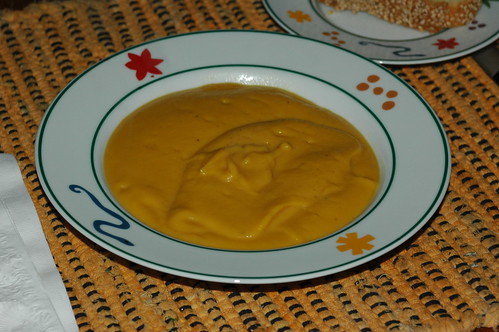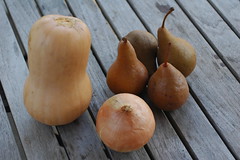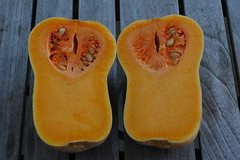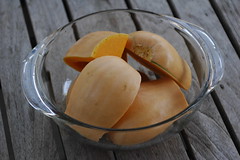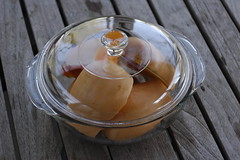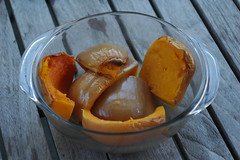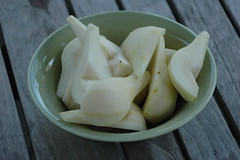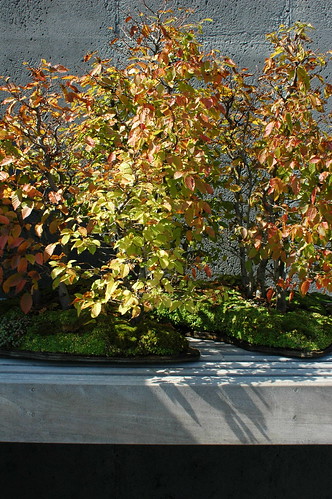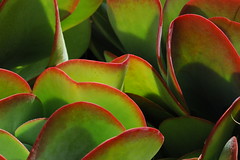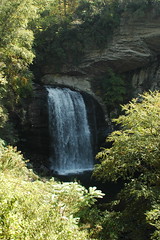Deep Thunder predicted cloud formation, rainfall, and accumulated precipitation for the Kansas City, MO area for 18:30 CDT tonight. This is one snapshot of an animated display with predictions at 30-minute intervals.
Credit: IBM, Deep Thunder project, forecast for Kansas, Missouri, Nebraska and Iowa.
If you garden within the greater metropolitan areas of Kansas City, Missouri, Atlanta, Georgia or Miami, Florida, you’ll want to check out Deep Thunder, a free, experimental, precision weather forecasting service offered on the Web by IBM. For example, from the image above, Deep Thunder is predicting thunderstorms around dinner-time tonight for the area around Miami, KS and Joplin, MO. Let me know how it goes!
The blurb from IBM uses “business” language like “weather-sensitive operations” and “resource allocation, scheduling, and routing”. I’ll try to translate from “business” to “garden”:
Improving the effectiveness of a customer’s weather-sensitive operations [watering, planting, weeding, mowing, raking … basically, anything outdoors] is not actually about the weather [Try planting bulbs in sleet and see if you still feel that way]. Rather, it is about optimizing business processes [eg: watering, planting, weeding, harvesting, mowing, etc] such as resource allocation [Who wants to mow/rake/shovel?! Hello? Anyone? …], scheduling [Should I water now, or is it going to rain later? Should I rake the leaves, or will the wind blow them all over anyway?], and routing [can I get from the house to the garden and back without getting soaked, frostbitten, sunburned …], which are constrained by specific weather events [You’re a gardener, right? I don’t need to spell this out for you!]. For example, local and state governments agencies need weather information for routine emergency [frost hit the tomatoes] planning for snow (removal, crew deployment [you, your significant other, immediate family members]), repair of downed power lines [broken tree limbs, bean trellises, etc] due to severe winds, and evacuation [pre-emptive harvesting] from areas of potential flooding. …
And so on for several more paragraphs. There’s one mention of “agriculture” as a potential “application,” but that’s all the mention we get.
“Sounds great!” you say? “How can I play?!” Here’s how:
- Go to the Deep Thunder page.
- Click the Try It Now link. This will open a new browser window (or tab, if you’re using Firefox).
- Read (or not) the “Services Use Agreement.” Click the [I Agree] button.
- You’ll get a map that looks like this:

- Click inside the inner or outer box for detailed predictions, maps, and animations.
Thanks to Dr. Dobb’s Journal (yes, I am a geek) for reminding me of this.




